Guest blogger Rob Jammer shares his experience with WaterStep on the recent Costa Rica trip.
On our third night in El Jardin Sagrado, Costa Rica, we sat around picnic tables next to the kitchen for our debrief. It was not yet 9PM but the sun had set a few hours before. The fluorescent lights above our heads attracted brown-shelled beetles the size of golf balls.
Claudia began the discussion by asking us about our initial impressions of the countries. Jeremiah remembered that he had not spoken much on the bus ride from the airport because he was taking in the scenery, trying to process that the shanties we passed were people’s houses. I remember that I, too, was looking out the window, perplexed. Everything seemed thrown together spontaneously. It was like nothing I had ever seen before.
In the early hours of the first morning, Costa Rica welcomed us with an earthquake that registered as a 5.6 on the Richter scale. It was, not surprisingly, what we talked about over breakfast. Lauren thought it had been a dream. Paul thought someone had been jumping on his bed. I was disappointed to have slept right through it.
That day we went to each location and made plans. The most memorable moment was when we went to the second site, Escuela Cacique Tejar, a school in Tejar de el Guarco, and the principal led us to a dirt path. One side descended into rows of green beans; the other was lined with one-room shacks, a few of which we visited. At the first, which had a work table and wooden planks of various sizes, we learned that this neighborhood only got running water three hours a day. At the second, two women and at least five children came to the door to see us, and I could not believe they all lived in such a small space. At the third, a woman greeted us proudly and declared that her son went to the school. It was clear that the principal cared about these people, and wanted to help them in any way he could. He hoped that someday kids could bring clean water home from school for their families.
On day two we went straight to work. The water team dropped a rope into a well at the school and discovered that it was over a hundred feet deep. Kids gathered around them. When they were removing the rope, Mark said they were pulling out a big scary toad and the kids scattered with gleeful shrieks. Most of the morning was spent planning and shopping at the hardware store, but when they finally began assembling the purification system they worked quickly and efficiently. By the end of the day, according to Stephanie’s calculations, they were about 80 percent done setting up the entire apparatus.
The vision clinic was also very productive. When we arrived at the first site, Iglesia Dios Habla Hoy, there were dozens of people already sitting on the benches outside. Our first customer was a 92-year-old woman in a wheelchair with one of her legs amputated from the knee with a cataract in one of her eyes. By the end of the day we had given 225 people the opportunity to see, but, as Kinsey put it, they were the ones who helped us see clearly. She spent her time playing with the kids whose parents were getting glasses, and she made beautiful pipe-cleaner hats and balloon animals. I spent time with the kids in the afternoon, practicing my Spanish, playing “congelado” (freeze tag), and being introduced to Costa Rican music. The water team joined us at the end of the day, as our final customers were going through, and Jeremiah gave a rousing performance of “I Said Hey” on guitar.
We concluded our debrief with a prayer. Jillian led it, asking of God that after such a long, satisfying day of work, we could all “sleep like pigs.” Enough said.
***
Be sure to keep up with WaterStep to learn about more trips and events. Go to Get Involved to find out how you can become a part of our mission.


